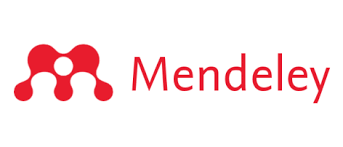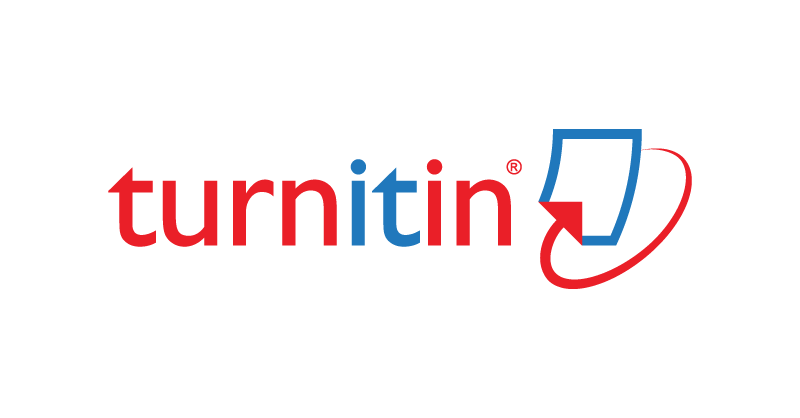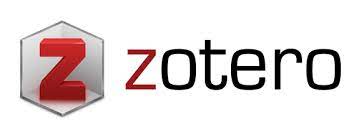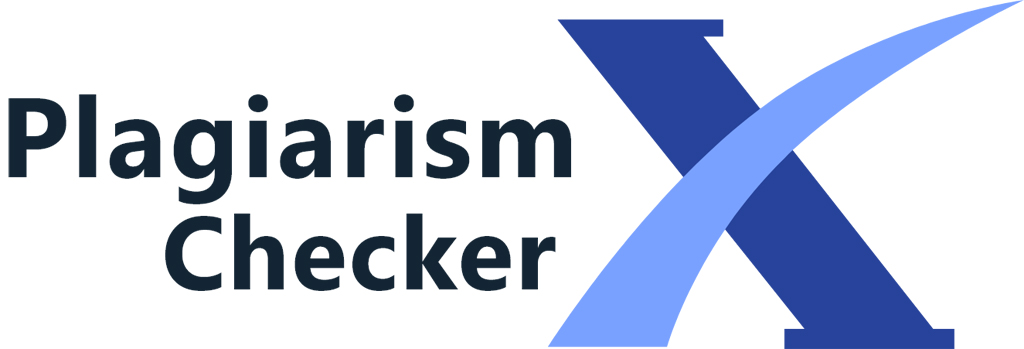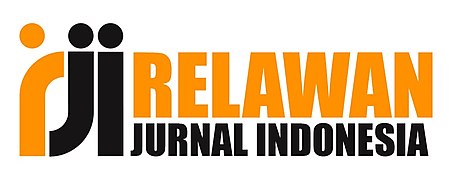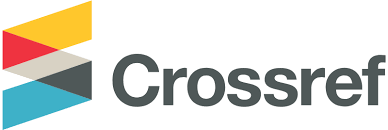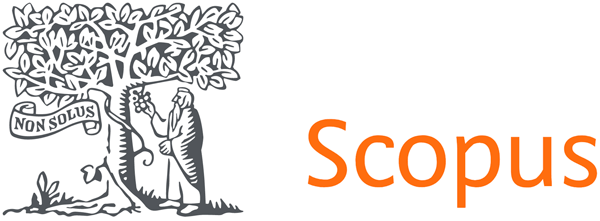Analysis of System Requirements and Architecture for Facilitating Table-Based Data Clustering for Non-Technical Users
Abstract
Clustering is one of the key techniques in unsupervised learning analysis, aimed at grouping similar data objects into clusters based on shared characteristics. The broad benefits of clustering are evident across various sectors, such as business, marketing, finance, and many others. However, the complexity of implementing clustering, especially for those without a background in statistics or programming, poses a barrier. The appropriate selection of clustering methods and accurate interpretation of results require a solid understanding of statistics. This research aims to address this issue by crafting a detailed Software Requirements Specification for a user-friendly clustering application, equipped with an intuitive interface and effective tools, based on comprehensive literature study, which finally allowing non-experts to engage in the clustering process without in-depth knowledge of statistics or programming. As such, this study endeavors to provide a practical solution for utilizing clustering without excessive technical impediments.
References
Ahmed, M., Seraj, R., & Islam, S. M. S. (2020). The k-means Algorithm: A Comprehensive Survey and Performance Evaluation. Electronics, 9(8), 1295. https://doi.org/10.3390/electronics9081295
Ali, S. W., Ahmed, Q. A., & Shafi, I. (2018). Process to enhance the quality of software requirement specification document. 2018 International Conference on Engineering and Emerging Technologies (ICEET), 1–7. https://doi.org/10.1109/ICEET1.2018.8338619
Amalia, E. L., Lestari, V. A., Wijayaningrum, V. N., Abdullah, M. Z., Ardyaningrum, N. A., & Safitri, W. (2022). Software Requirement Specification for Learning Man-agement System Design. In R. A. Asmara, A. R. Syulistyo, V. N. Wijayaningrum, M. S. Khairy, I. Siradjuddin, & S. E. Sukmana (Eds.), Proceedings of the 2022 Annual Technology, Applied Science and Engineering Conference (ATASEC 2022) (pp. 145–158). Atlantis Press International BV. https://doi.org/10.2991/978-94-6463-106-7_14
Awangga, R. M., Pane, S. F., Tunnisa, K., & Suwardi, I. S. (2018). K Means Clustering and Meanshift Analysis for Grouping the Data of Coal Term in Puslitbang tekMIRA. TELKOMNIKA (Telecommunication Computing Electronics and Control), 16(3), 1351. https://doi.org/10.12928/telkomnika.v16i3.8910
Bjälkebring, P. (2019). Math Anxiety at the University: What Forms of Teaching and Learning Statistics in Higher Education Can Help Students With Math Anxiety? Frontiers in Education, 4, 30. https://doi.org/10.3389/feduc.2019.00030
Chen, M.-K., Wu, C.-M., Chen, L.-S., & Huang, Y.-P. (2021). The Influential Factors of Taiwan SMEs’ Clustering Keystone Business Strategy—The Perspective of Business Ecosystem Using FAHP. Sustainability, 13(18), 10304. https://doi.org/10.3390/su131810304
Cohen-addad, V., Kanade, V., Mallmann-trenn, F., & Mathieu, C. (2019). Hierarchical Clustering: Objective Functions and Algorithms. Journal of the ACM, 66(4), 1–42. https://doi.org/10.1145/3321386
Cohen-Addad, V., Saulpic, D., & Schwiegelshohn, C. (2021). A new coreset framework for clustering. Proceedings of the 53rd Annual ACM SIGACT Symposium on Theory of Computing, 169–182. https://doi.org/10.1145/3406325.3451022
Cozzolino, I., & Ferraro, M. B. (2022). Document clustering. WIREs Computational Statistics, 14(6), e1588. https://doi.org/10.1002/wics.1588
Du, F., Li, X., Li, D., & Shen, W. (2022). Self‐adaptive real‐time clustering analysis and damage pattern recognition for steel tube confined reinforced concrete structures through acoustic emission signals. Structural Control and Health Monitoring, 29(11). https://doi.org/10.1002/stc.3071
Fergana. (2021). Light Industry Enterprises In Marketing Activities Experience Of Foreign Countries In The Use Of Cluster Theory. The American Journal of Management and Economics Innovations, 03(01), 36–39. https://doi.org/10.37547/tajmei/Volume03Issue01-08
Garcia-Dias et al. - 2020—Clustering analysis.pdf. (n.d.).
Hahsler, M., Piekenbrock, M., & Doran, D. (2019). dbscan: Fast Density-Based Clustering with R. Journal of Statistical Software, 91(1). https://doi.org/10.18637/jss.v091.i01
Iorio, C., Frasso, G., D’Ambrosio, A., & Siciliano, R. (2018). A P-spline based clustering approach for portfolio selection. Expert Systems with Applications, 95, 88–103. https://doi.org/10.1016/j.eswa.2017.11.031
Ji, X., Vedaldi, A., & Henriques, J. (2019). Invariant Information Clustering for Unsupervised Image Classification and Segmentation. 2019 IEEE/CVF International Conference on Computer Vision (ICCV), 9864–9873. https://doi.org/10.1109/ICCV.2019.00996
Kansal, T., Bahuguna, S., Singh, V., & Choudhury, T. (2018). Customer Segmentation using K-means Clustering.
Kranzler, J. H., & Anthony, C. J. (2022). Statistics for the Terrified. Rowman & Littlefield.
Lecturer Fergana State University, Republic Of Uzbekistan, Fergana, Zokirova, S. Х., Ahmedova, D., Lecturer Fergana State University, Republic Of Uzbekistan, Fergana, Akbarov, R. F., Lecturer Fergana State University, Republic Of Uzbekistan, Fergana, Xonkeldiyeva, K. R., & Lecturer Fergana State University, Republic Of Uzbekistan,
Linares-Mustarós, S., Coenders, G., & Vives-Mestres, M. (2018). Financial performance and distress profiles. From classification according to financial ratios to compositional classification. Advances in Accounting, 40, 1–10. https://doi.org/10.1016/j.adiac.2017.10.003
Suhardjo, S., Renaldo, N., Sevendy, T., Yladbla, D., Udab, R. N., & Ukanahseil, N. (2023). Accounting Skills, Digital Literacy, and Human Literacy on Work Readiness of Prospective Accountants in Digital Technology Disruption Era. Reflection: Education and Pedagogical Insights, 1(3), 106–115. http://firstcierapublisher.com/index.php/reflection/article/view/48
Suyono, Renaldo, N., Andi, Hocky, A., Suhardjo, Purnama, I., & Suharti. (2022). Training on the use of statistical software to improve teacher class action research performance at the Kerinci Citra Kasih Foundation. International Journal of Advanced Multidisciplinary Research and Studies, 2(4), 575–578.
Copyright (c) 2023 Journal of Applied Business and Technology

This work is licensed under a Creative Commons Attribution-ShareAlike 4.0 International License.






